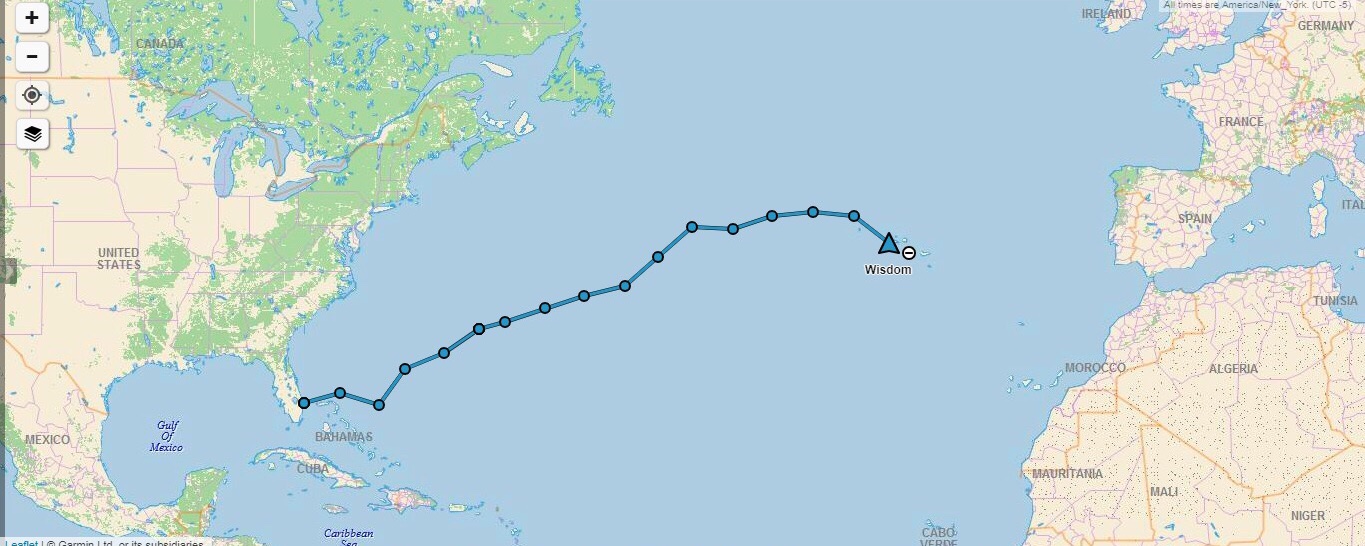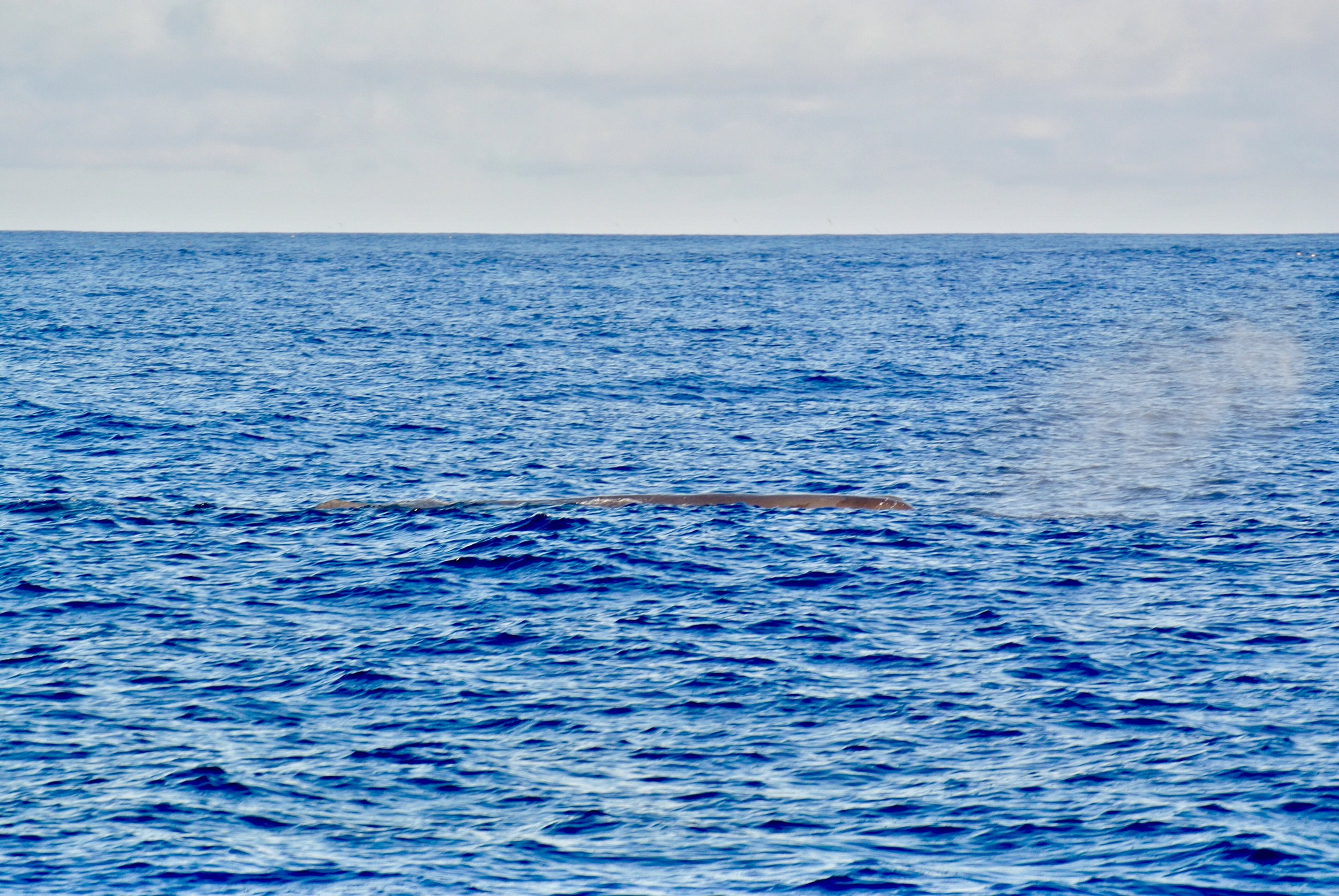We stopped listening to the weather forecasts on the way to Bermuda because they were always wrong. We instead looked at the clouds to read what is really going on up in the sky. Using this method, we were able to sail on the rhumb line straight to the Azores, until we got caught in a high pressure system for a few days and were totally becalmed.
Being becalmed for a few days was the worst weather we had. While crossing, we had gales to the North, Hurricane Chris to the West, and trade winds all around us, but by looking at the sky, we were able to keep ourselves safe from powerful winds and simply relax in light winds.
The crossing was very surreal, we saw things that could never be imagined, like one night where photosensitive bio-luminescent creatures illuminated the ocean with as many lights as the stars above in the sky. On another occasion when the ocean calmed down completely, the entire surface was covered in a snow of micro plastics.
Now that we have made our first ocean crossing, we feel very confident that we can do it over and over again as we voyage the world and visit ports all around the Atlantic Ocean.




















